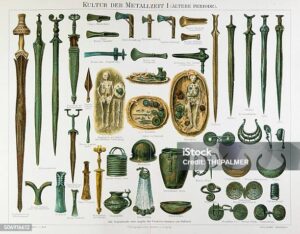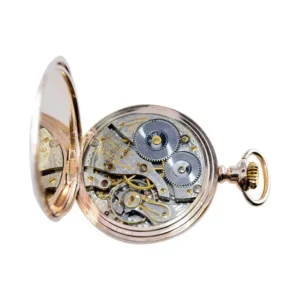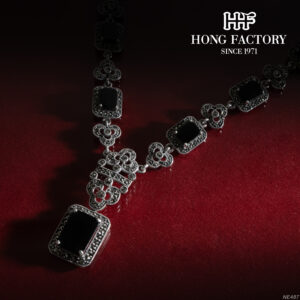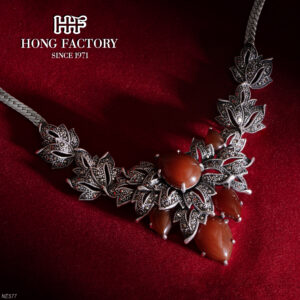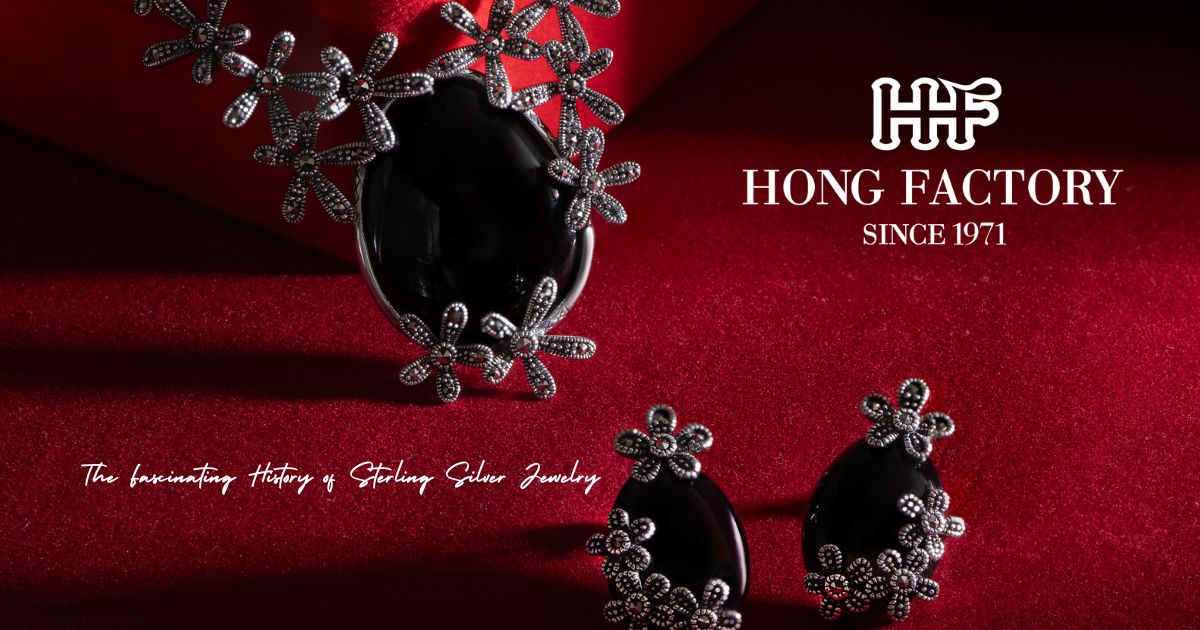
The Fascinating History of Sterling Silver Jewelry
The Fascinating History of Sterling Silver Jewelry
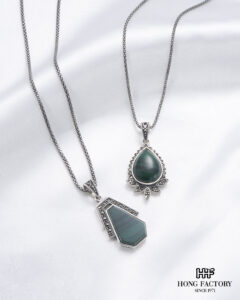
1. The Origins of Silver Jewelry (Ancient Civilizations)
Silver was one of the first metals discovered by humans and has been used for jewelry, currency, and ceremonial objects for over 6,000 years.
Ancient Egypt (3,000 BCE):
- Silver was more valuable than gold and used in royal tombs.
- Egyptians crafted silver amulets, rings, and necklaces for protection and status.
Ancient Mesopotamia & Greece (2,500 BCE):
- Sumerians and Greeks used silver for intricate jewelry designs and traded it across empires.
- The Greeks believed silver had mystical and healing properties.
Roman Empire (500 BCE – 400 CE):
- Silver became a major currency and was widely used in rings, brooches, and coins.
- The Romans developed engraved silver signet rings for the elite.
2. Silver Jewelry in the Middle Ages & Renaissance (500 – 1600 CE)
During the Middle Ages, silver jewelry became a symbol of wealth and religious devotion.
Silver Jewelry in the Middle Ages:
- Silver crosses and religious pendants were popular among Christians.
- Knights wore silver talismans for protection in battle.
- Silver was used in royal crowns, belts, and noble family crests.
Silver Jewelry in the Renaissance (1400-1600):
- European royalty commissioned highly detailed silver necklaces and brooches.
- The rise of silversmiths in Italy and France led to artistic advancements.
3. The 18th & 19th Century: The Rise of Sterling Silver Jewelry
During the 18th and 19th centuries, sterling silver (92.5% silver, 7.5% other metals) became the standard for fine jewelry.
18th Century (1700s):
- Silver was widely used for lockets, hair accessories, and engraved rings.
- The demand for silver jewelry increased with colonial expansion and global trade.
Victorian Era (1837-1901):
- Romantic lockets, filigree brooches, and floral silver designs were popular.
- Queen Victoria influenced mourning jewelry made from black onyx and silver.
4. 20th Century: Silver Jewelry in Modern Fashion
Art Nouveau & Art Deco (1900-1930s):
- Nature-inspired silver designs (butterflies, flowers) flourished in the Art Nouveau era.
- Geometric silver jewelry became popular in the Art Deco movement.
Mid-Century & Retro Jewelry (1940s-1970s):
- Silver cocktail rings, hoop earrings, and bangles gained popularity.
- Rock & roll culture introduced chunky silver chains and biker rings.
Minimalism & Contemporary Styles (1980s-Present):
- Sterling silver became a fashion staple with simple, sleek designs.
- Celebrities and designers reintroduced silver as a luxury material.
5. The Role of Silver Jewelry in Different Cultures
China & India:
Sterling silver is used in traditional wedding jewelry and lucky charms.
Native American & Tribal Silver Jewelry:
Silver is handcrafted into intricate patterns and turquoise-adorned pieces.
Hispanic & Latin American Culture:
Silver filigree and engraved bracelets are widely worn in festivals and celebrations.
6. Why Sterling Silver Jewelry Remains Popular Today
Despite its long history, sterling silver jewelry is still one of the most sought-after metals for several reasons:
Timeless & Elegant – Silver never goes out of style.
Affordable Luxury – More accessible than gold or platinum.
Versatile & Durable – Perfect for daily wear and special occasions.
Hypoallergenic & Skin-Friendly – Ideal for people with metal sensitivities.
7. How to Care for Your Sterling Silver Jewelry
To keep your silver jewelry looking beautiful for years, follow these care tips:
Store in an anti-tarnish pouch to prevent oxidation.
Polish regularly using a silver cloth.
Avoid moisture and chemicals like perfumes and cleaning agents.
The history of sterling silver jewelry spans thousands of years, from ancient civilizations to modern-day fashion trends. Its timeless beauty, durability, and versatility ensure that silver will remain a cherished metal for generations to come.
